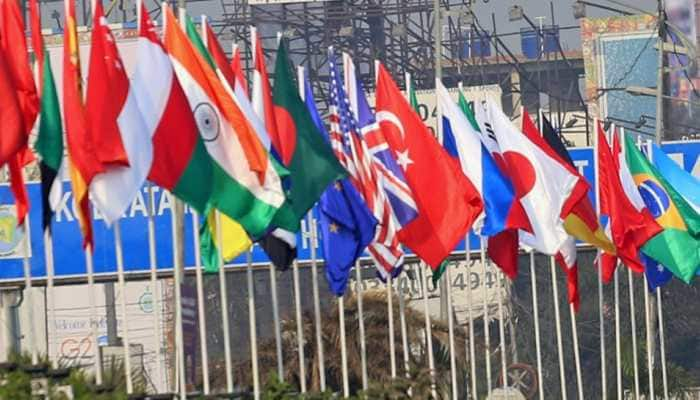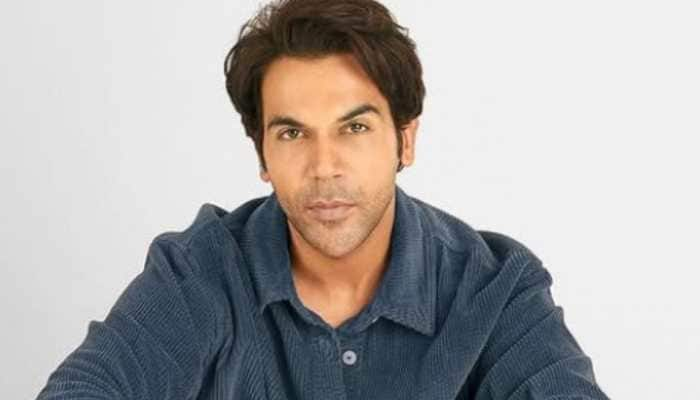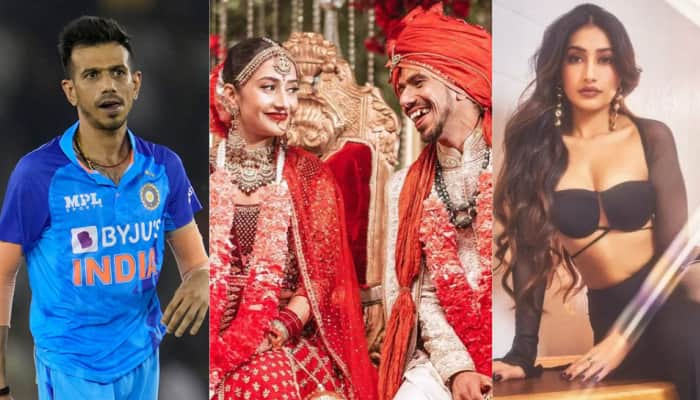Navratri 2018: Know the 9 divine forms of Maa Durga worshipped during the festival
The power of Devi Durga is hailed and celebrated during 9-days.
Trending Photos
) Pic Courtesy: Pixabay (representational image)
Pic Courtesy: Pixabay (representational image) New Delhi: The auspicious occasion of Navratri and Durga Puja is here. This year the 9-day long festivity will start from October 10 and will last till October 18, Vijayadashami being on October 19. The fervour and gaiety behind welcoming the Goddess can be felt everywhere as devotees have begun the preparations already.
The nine-day festival celebrates the power of Durga—The Shakti. It marks the victory of good over evil and how Mata Rani killed the asura safeguarding the truth and righteous.
Navratri is celebrated differently across the country. There are four types of seasonal Navratris, but the one which falls in the months of either September-October is called Sharad or Shardiya Navratri and happens to be the most celebrated. Besides, Sharad Navratri, there is another one called Chaitra Navratri which is celebrated right after the Spring season.
The power of Devi Durga is hailed and celebrated during 9-days. It usually falls in the month of Ashvin (Sept-Oct) as per Gregorian calendar.
During these nine days, each form of Goddess Durga is worshipped. Today, we tell you about each of these forms:
Shailputri
Shailputri in Sanskrit means 'daughter of the mountains'. This form is the first one among the nine forms of the goddess and Shailputri is worshipped as the absolute form of Mother Nature. During the festival of Navratri, the goddess is portrayed with a half-moon on her forehead, a trident in her right hand along with a lotus in her left hand. She is seen mounted on the back of a bull Nandi. The first day of Navratri is dedicated to the worship of Goddess Shailputri.
Brahmacharini
The ‘charming’ form of Durga, the idol of Brahmacharini is presented to her worshipers with a Kamandal in her left hand and a jap mala in her right hand. Brahmacharini, the unmarried form of the Goddess is worshipped on the second day of Navratri and is mostly known as the personification of love and loyalty. Her third eye is always shown open and the goddess is always ready for war against demons.
Chandraghanta
Adorned with a bell shaped like a crescent moon in her hand, this form of Maa Durga is responsible for restoring justice and dharma in the world. On the third day of Navratri, goddess Chandraghanta is worshipped.
Kushmanda
This form of Durga is believed to be the one that eliminates darkness from the world with her smile. Each idol of goddess Durga in this form is therefore carved with a smile on her face. On the fourth day of Navratri, devotees worship this manifestation of Maa Durga.
Skandamata
This form of the goddess is always accompanied by an infant form of Lord Skanda or Kartikeya. The goddess is portrayed with having four arms and three eyes. She is presented as sitting on a lotus and is worshipped on the fifth day of Navratri.
Katyayani
This incarnation of goddess Durga is the epitome of love and anger and the idols having this form are portrayed as having four arms, three eyes and are mounted on a lion. The sixth day of Navratri is dedicated to Katyayani avatar of goddess Durga.
Kalaratri
This form of the goddess is famous in ancient Hindu literature as being the most violent one. Worshipped on the seventh day, this is the form that evokes fear in a devotee's mind. Kalaratri is believed to be the destroyer of all demonic powers, i.e. kaal.
Maha Gauri
Diametrically opposite to Kalratri, this form of the goddess Durga is intelligent, peaceful and calm. The ‘extremely white’ goddess is depicted in idols as such and is shown as wearing white clothes, mounted on a bull. Maha Gauri is worshipped on the eighth day of Navratri. It is believed that the goddess ends the sufferings of her devotees. She is also four-armed.
Siddhidatri
On the last day of Navratri, the Siddhidatri avatar of goddess Durga is worshipped. This is the form that is known for her wish-fulfilling capabilities and the goddess is believed to possess several types of healing powers. The idol is shown sitting on a lotus and is four-armed.
Here's wishing our readers a happy Navratri and Shubho Durga Pujo!
Stay informed on all the latest news, real-time breaking news updates, and follow all the important headlines in india news and world News on Zee News.
Live Tv







)
)
)
)
)
)
)
)
)
)
